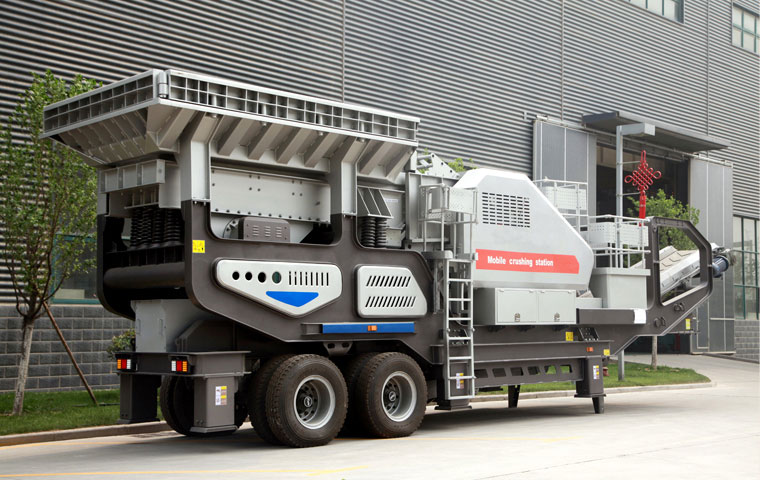A curved belt aggregate conveyor is a specialized type of conveyor system designed to transport bulk materials (such as sand, gravel, crushed stone, or other aggregates) around curves or bends while maintaining efficient material flow. These conveyors are commonly used in mining, construction, and aggregate processing plants where space constraints or layout requirements demand non-linear material transport.
 Key Features of Curved Belt Aggregate Conveyors:
Key Features of Curved Belt Aggregate Conveyors:
1. Curved Frame Design
– Uses a specially designed frame to guide the belt around horizontal curves (typically 30° to 180° turns).
– Ensures smooth material flow without spillage or belt misalignment.
2. Reinforced Belt Structure
– Often uses heavy-duty rubber belts with reinforced edges to withstand abrasive materials.
– May include cleats or sidewalls for steep inclines.
3. Banked or Tapered Rollers
– Rollers are angled (banked) to counteract centrifugal force and keep the belt centered on curves.
– Reduces wear and extends belt life.
4. Adjustable Curve Radius
– Can be customized for different turning radii (e.g., 50m, 100m) based on space constraints.
5. High Load Capacity
– Designed to handle heavy loads typical in aggregate industries (up to several thousand tons per hour).
6. Dust & Weather Resistance
– O.jpg) n includes covers or skirts to prevent material spillage and reduce dust emissions.
n includes covers or skirts to prevent material spillage and reduce dust emissions.
Applications:
– Transferring aggregates between processing stages (e.g., crushers, screens, stockpiles).
– Navigating around obstacles in confined spaces (e.g., quarries, ports).
– Feeding materials into trucks, rail cars, or storage bins at an angle.
Advantages Over Straight Conveyors:
✔ Eliminates the need for multiple transfer points (reducing dust and maintenance).
✔ Saves space compared to using multiple straight conveyors with chutes.
✔ Improves efficiency by maintaining continuous material flow.
Considerations When Selecting:
– Material Type & Size: Must match belt width and roller design.
– Throughput Capacity: Ensure the conveyor can handle required tonnage.
– Environmental Conditions: Corrosion-resistant materials may be needed for outdoor use.
Would you like recommendations for specific manufacturers or design parameters?




